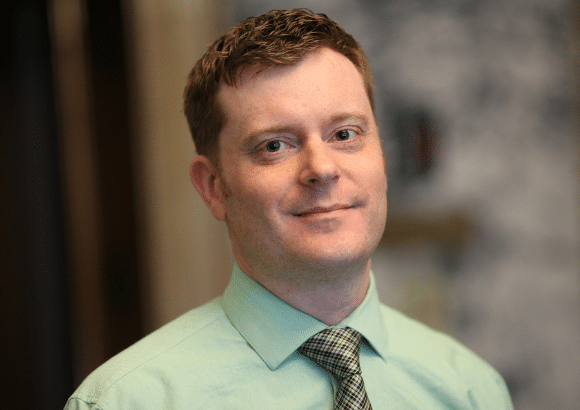Those who are against higher taxes on the richest households in Washington state frequently claim that large year-to-year fluctuations in revenue collections or “volatility” are a reason to oppose Governor Inslee’s proposal to tax high-end capital gains. While capital gains do fluctuate to a larger extent than other revenue sources, the proposed tax would have only a small impact on the overall volatility of Washington state’s tax system. The bottom line? Policymakers don’t have to sacrifice the many benefits of taxing capital gains to address a minor increase in overall revenue fluctuations.
Washington has one of the more stable state tax systems in the nation, according to data from The Pew Charitable Trusts. All state tax systems rise and fall in concert with the economy to some extent. Revenue collections under Washington state’s current tax system swung 5.3 percentage points above or below their average growth trend between 2004 and 2013 (Figure 1). Thirty states had more volatile tax systems than Washington.
Adding a capital gains tax to Washington’s revenue mix during this period would have slightly increased short-term volatility, causing total tax collections to fluctuate 6.3 percentage points above or below their overall growth trend. Even so, the state’s tax system would have remained among the most stable in the nation. With the capital gains tax, Washington’s ranking would have increased to 27th most volatile from 31st, or among the middle of the pack.
Further, as Figure 2 shows, a capital gains tax would account for a small portion (less than 5 percent in most years) of total tax revenues in Washington state. More-stable revenue sources, such as the state property tax and the business and occupation (B&O) tax, would continue to dominate the tax system, keeping overall revenue volatility low.
There are many ways policymakers could offset the small increase in short-term revenue volatility that would come with a capital gains tax. They include:
- Dedicating a portion of capital gains tax revenues to the rainy day fund. As we have written previously, increasing the constitutionally protected Budget Stabilization Account (the “rainy day fund” the state sets aside) would help ensure funding for schools, health care, and other investments remains stable in the long run.
- Using the volatile portion of capital gains tax revenues to fund one-time investments. The Governor’s proposal would reliably generate about $350 million per year, regardless of economic conditions. That portion could be used to fund schools and other ongoing priorities. Any revenues above $350 million could be used for one-time expenses, such as constructing new schools and other public facilities.
Read more about the many benefits of the capital gains tax proposal.


